A Night Out at Central Hall
Concert Review – Newcastle Morning Herald and Miners’ Advocate (NSW : 1876 – 1954), Thursday 13 September 1906, page 6
MANDOLINE, GUITAR, AND BANJO SOCIETY.
An invitation concert was given by the Newcastle Mandoline, Banjo, and Guitar Society at the Central Hall last evening. The attendance was very large, the seating capacity of the hall being taxed to the utmost.
The orchestra, which consists of some 50 members, under the baton of Mr Harold Bohle, acquitted Itself extremely well, and fully justified its existence as an institution of the city.
Five numbers were allotted to it in the programme, the first being a gavotte “Woodland Nymphs.” This was nicely played, being well within the resources of the instruments. In the second number Schaumann’s “Traumerie” and Handel’s “Largo” were bracketed together. Neither work can be said to be susceptible of effective treatment by an orchestra of this composition, although much painstaking practice had evidently been given to them. In the “Bayadere” intermezzo, however, the members had a better opportunity, as the piece has a distinct Castilian flavour eminently adapted to the mandolines, and in this the society scored a distinct success. A serenade “Beneath thy Window,” was tuneful, and the ‘cello and contra-bass were of great assistance. The last orchestral number, Andre’s dance, “Eden,” was also capitally played.
On the whole, great credit is due to both students and conductor on the result of their work. Miss Maggie Hall, as the lady vocalist of the evening, sang Aylward’s “Beloved, it is Morn,” and Cowen’s “Promise of Life.” Miss Hall received deserved applause for her fine effort in both her songs, which were rewarded with encores and a handsome basket of flowers. Mr W. G. Miller’s numbers, Adam’s “The Veteran’s Song,” and a Russian love song by Lardelli, were sung clearly and with excellent enunciation, as were the Toreador’s song and “England,” given as encores.
There was no lack of variety in the entertainment, as Mr D. L. Meldrum gave two humorous recitations, “Briary Villas ” and “A Little Music ” (both encored), and Mr W. Bohle played a flute solo, “Carlton Mazourka,” by Kohlor, very nicely. A trio for banjos and mandoline, “Coloured Major,” by Messrs. Mitchell, Payne, and Wilson, was snappily played, and had to be repeated in part. Messrs. Bohle (4) and Turton gave for their quintotte for strings and flute; the first movement from Haydn’s 12th Symphony, which helped to give a classic tone to the concert. Messrs. W. Shotton and A. J. Glover played the numerous accompaniments effectively. Mr J. J. Wilson acted as manager, and Mr G. F. A. Mitchell as secretary, and the perfection with which the large audience were seated showed that great pains had been taken in the arrangements prior to the concert.
Although the concert was an invitation one, small fees were charged for booking. These are to be handed over to the Newcastle Hospital, a pleasing finale to a very successful entertainment.
In 1902, work began on the site in King Street on land that had previously been owned by William Croasdill who had come to Australia to work for the Australian Agricultural Company.
The foundation stone was laid by Governor, Sir Harry Rawson, during a grand occasion with many dignitaries in attendance including the Premier of NSW, Sir John See, and the Archbishop of Sydney, Dr Saumarez Smith.
After the official ceremony, the Superintendent of the Sydney Central Mission who had been sent to Newcastle for three years to oversee the project said, ‘without unholy rivalry they could do good work in this great wicked city where the streets on any Sunday night were filled with non-churchgoing people.’
The Mission closed in 1987 with the loss of congregation but during the life of the mission it was also used as a cinema and venue for concerts and recitals.
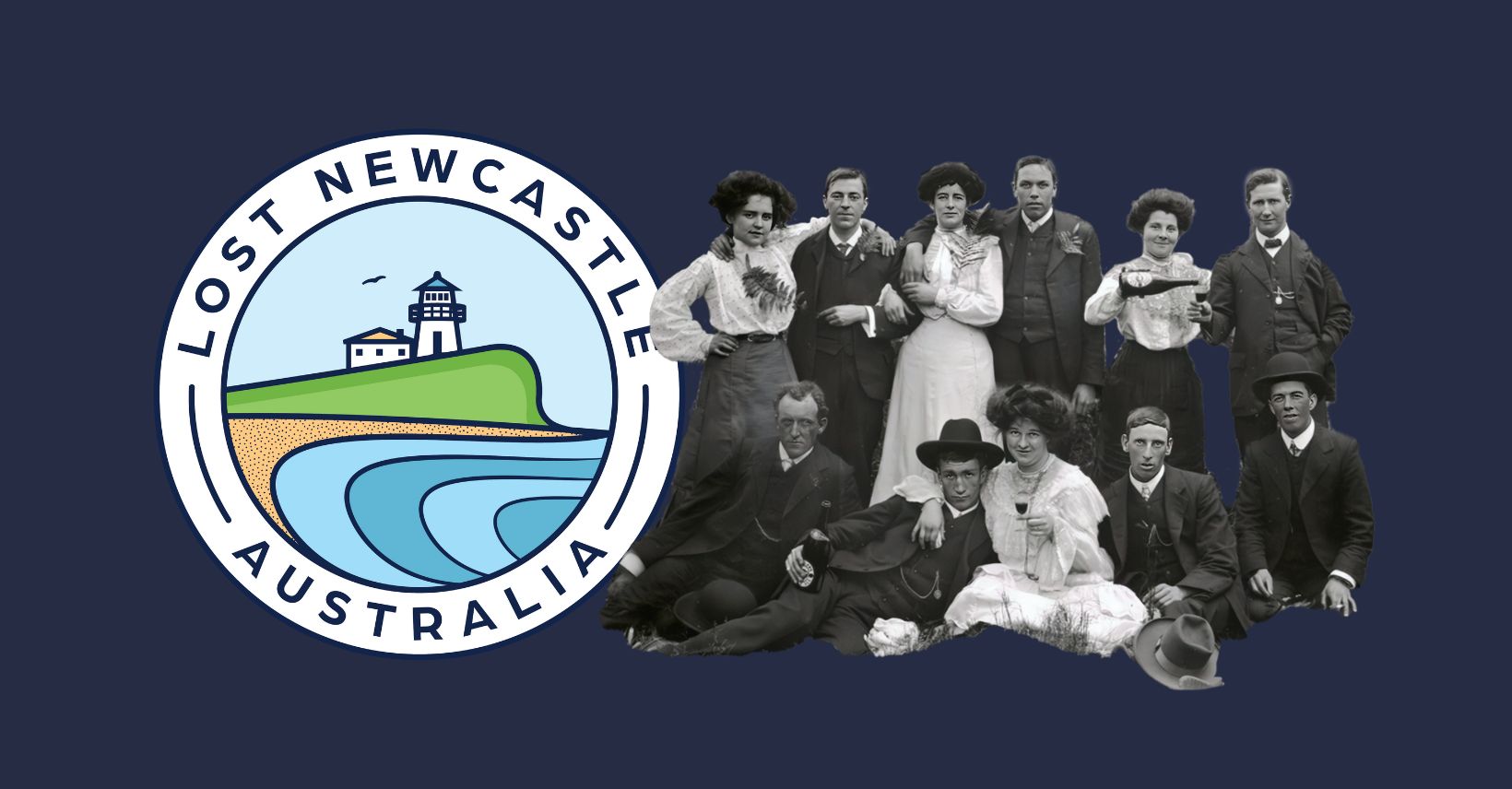
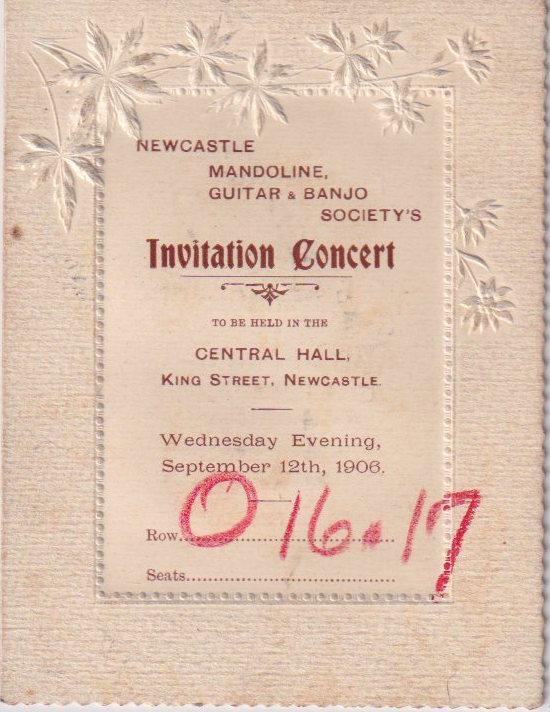
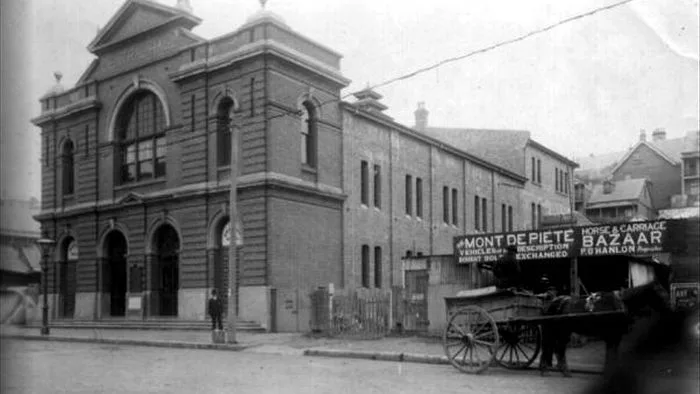
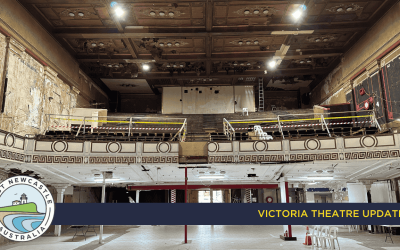
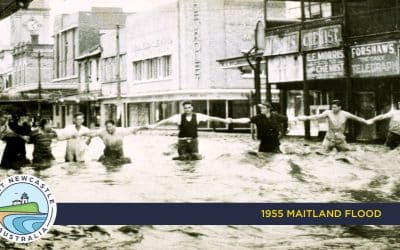
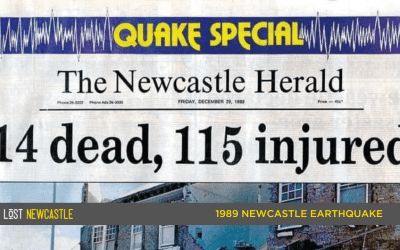

0 Comments